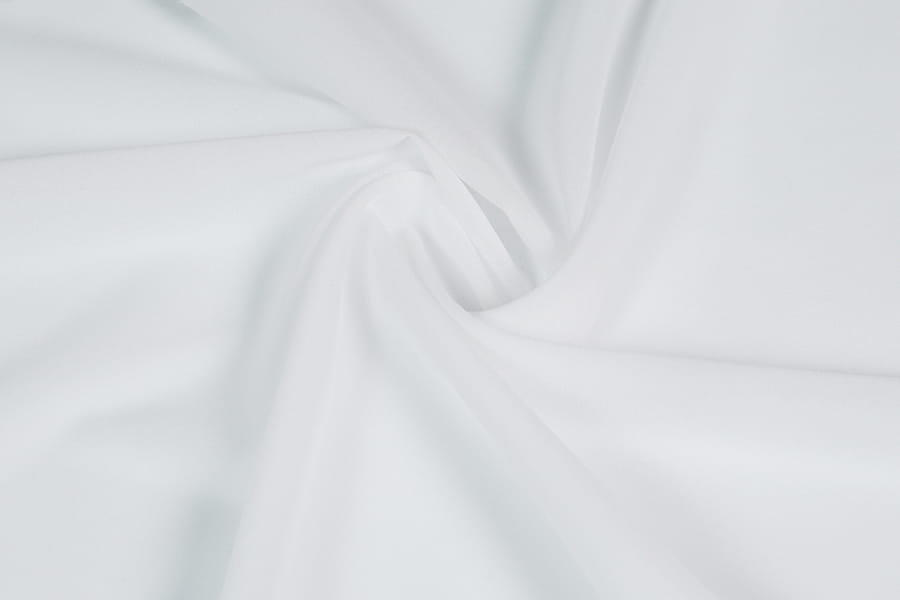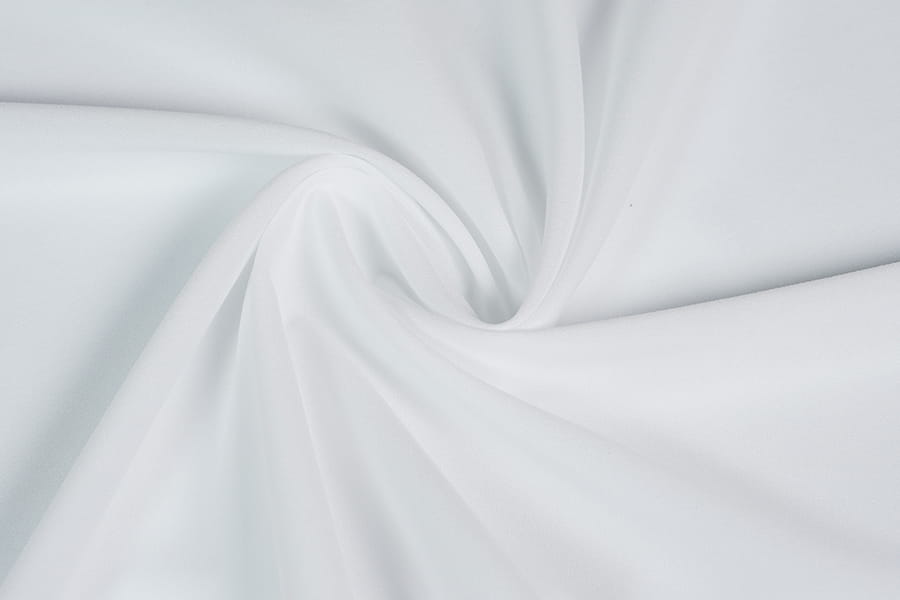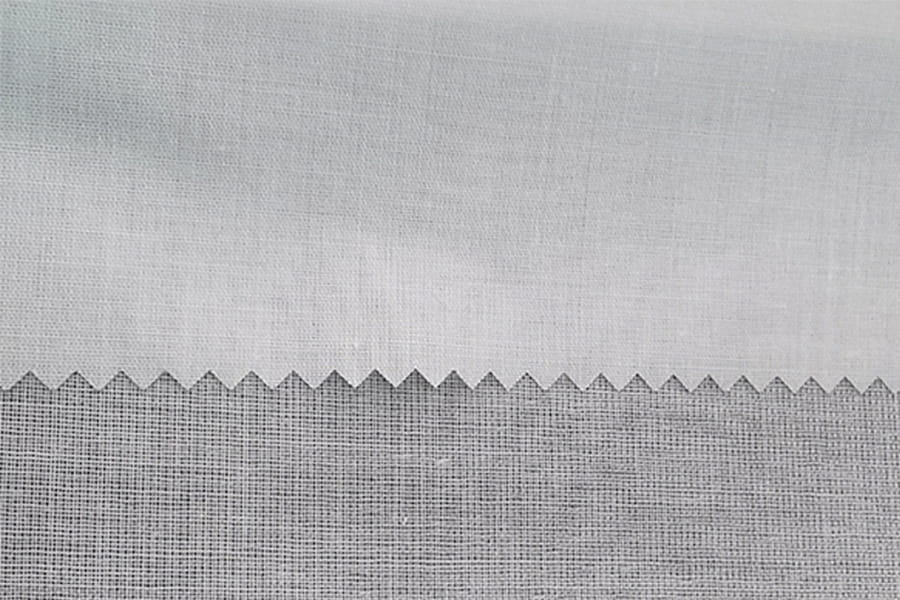The core of ergonomic design is to optimize the design of products with scientific methods through in-depth understanding of human structure, movement characteristics and behavioral habits, and improve their efficiency, comfort and safety. In the design of linings, ergonomics is mainly reflected in the following core concepts:
Fit and curve matching: The design of linings should take into account the curves and size differences of various parts of the human body to ensure that the lining can fit the body curve without feeling too tight or too loose. For wearers of different genders, ages and body shapes, the design of linings needs to be reasonably designed in size and shape according to ergonomic data to ensure comfort and wearing feeling when wearing.
Activity comfort: When designing the lining, the range of activities of the wearer should be taken into account, especially for scenes that require large-scale activities, such as sports, outdoor adventures, etc. The use of materials with good elasticity and appropriate cutting techniques can ensure that the lining does not restrict the wearer's movement and improve the freedom and comfort of movement.
Moisture wicking and breathability: Ergonomic design focuses on improving the moisture wicking and breathability of the lining, effectively regulating body temperature and moisture, keeping the skin dry and comfortable. The use of moisture-absorbing and quick-drying fabrics or the addition of breathable hole design can effectively improve the wearing experience, especially in humid or high-temperature environments.
Protective performance: In some special occasions, such as the design of work clothes or safety protective clothing, the ergonomic design of the lining also involves the protection of key parts. By adding pads, reinforcement materials or protective layers, the protective performance of clothing is improved, the impact of external impact or friction on the wearer is reduced, and our skin and joints are protected.

 English
English 中文简体
中文简体 русский
русский Español
Español









